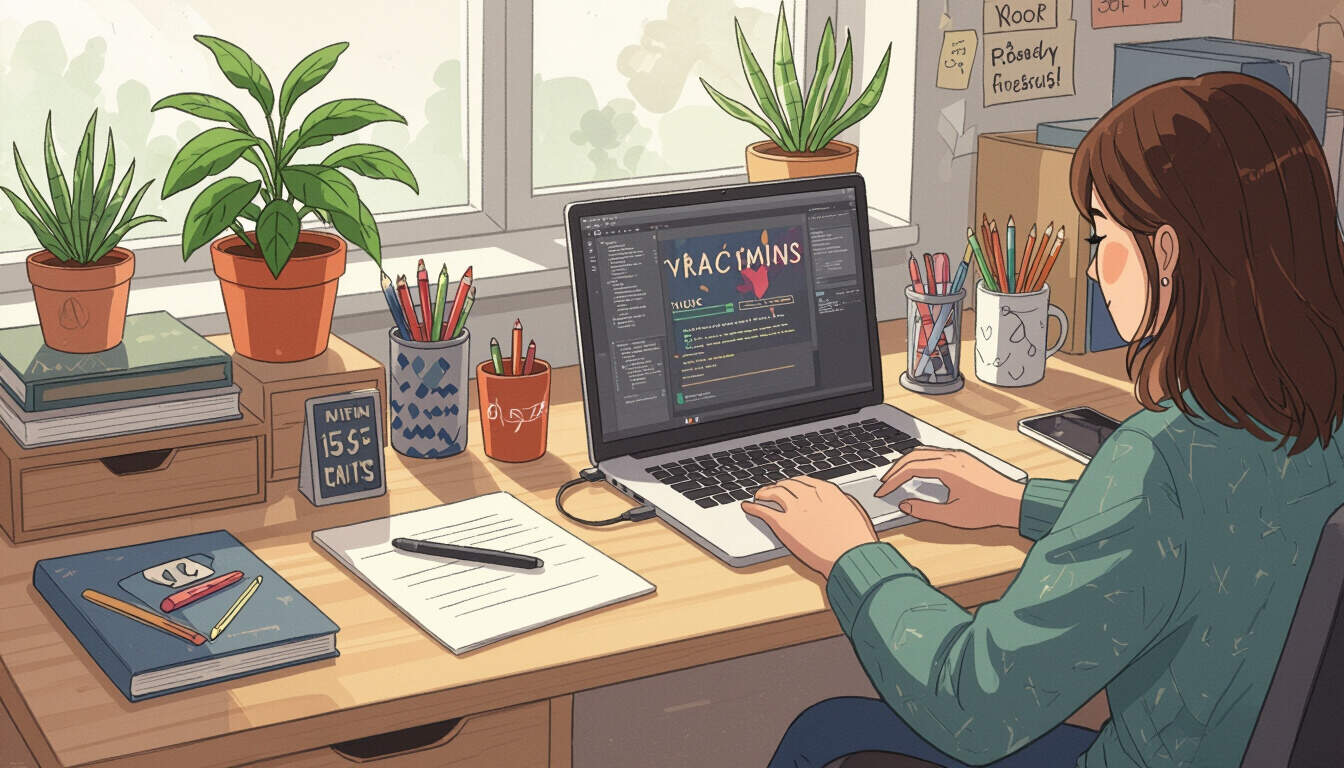Customized Workspaces for Easing Cognitive Load
 by Thaddeus Blanda
by Thaddeus Blanda
Discover how personalized workspaces can help reduce mental overload by organizing your environment to support focus and efficiency. Practical tips make it easy for students and professionals to enhance daily productivity without added stress.

In our daily routines, the pressure of managing multiple tasks can weigh heavily on our minds. Customized workspaces offer a straightforward way to lighten this burden by creating an environment that supports clear thinking and efficient work. For instance, arranging your desk to suit your specific needs can help streamline activities and free up mental resources for more important tasks.
One key advantage of a customized workspace is its ability to minimize distractions. By positioning essential items within easy reach, you reduce the mental effort required to locate tools during work sessions. This approach allows individuals, such as students preparing for exams, to maintain better focus on their studies. Consider how a well-organized desk with dedicated spots for books and notes can make study time more effective.
To start building your own customized workspace, begin with a simple assessment of your daily habits. Identify the tools you use most frequently and ensure they are placed in intuitive locations. For professionals handling reports and emails, this might mean setting up a computer setup that promotes ergonomic comfort, reducing physical strain and allowing for sustained concentration.
Here are some practical tips to get you started:
- Choose ergonomic furniture: Select a chair and desk that fit your body type to prevent discomfort from interrupting your flow.
- Incorporate storage solutions: Use drawers or shelves to keep supplies organized, which helps in quickly accessing what you need without searching.
- Add personal touches: Include elements like plants or artwork that make the space inviting, fostering a positive mood for work.
- Limit digital clutter: Organize computer files into clear folders, ensuring that digital tools do not overwhelm your mental space.
- Set boundaries: Designate specific areas for work and relaxation to signal to your brain when it's time to switch modes.
For students, a customized workspace can transform homework into a more manageable process. By creating a quiet corner with minimal interruptions, you can dedicate your energy to learning rather than fighting against a chaotic environment. This setup not only aids in retaining information but also builds habits that support long-term academic success.
Professionals often face a barrage of meetings and deadlines, making cognitive load a common challenge. A tailored workspace can include features like noise-cancelling headphones or a dedicated planner station, which help in processing information more smoothly. Over time, these adjustments lead to improved output and a greater sense of control over daily responsibilities.
It's worth noting that the process of customizing your space doesn't have to be overwhelming. Start small, perhaps by rearranging items on your desk, and gradually build from there. The goal is to create a setup that aligns with your workflow, turning your environment into an ally rather than an obstacle.
Beyond the immediate benefits, adopting a customized workspace encourages healthier habits overall. Regular breaks become easier when your space is designed for efficiency, allowing for brief moments of rest that recharge your mind. For example, placing a water bottle nearby ensures hydration without disrupting your focus, supporting sustained energy throughout the day.
In practice, many people find that a customized workspace leads to noticeable improvements in productivity. By reducing the mental energy spent on trivial decisions, such as where to find a pen, you can channel that effort into creative or complex tasks. This shift is particularly helpful for those interested in cognitive science, as it demonstrates how environmental factors influence mental performance.
To wrap up, implementing these changes can make a real difference in everyday life. Whether you're a student juggling classes or a professional managing projects, taking steps to customize your workspace is a proactive way to ease cognitive load and enhance overall well-being. With consistent effort, you'll likely discover a more balanced and productive routine.
Common Challenges and Solutions
Sometimes, adapting to a new workspace setup can feel unfamiliar at first. If space is limited, focus on multifunctional items that serve multiple purposes, like a desk with built-in storage. Over time, as you refine your setup, you'll notice how these adjustments contribute to a smoother daily experience.
In summary, the impact of a customized workspace extends far beyond mere aesthetics. It serves as a foundation for reducing mental overload, enabling you to approach tasks with greater ease and confidence.
